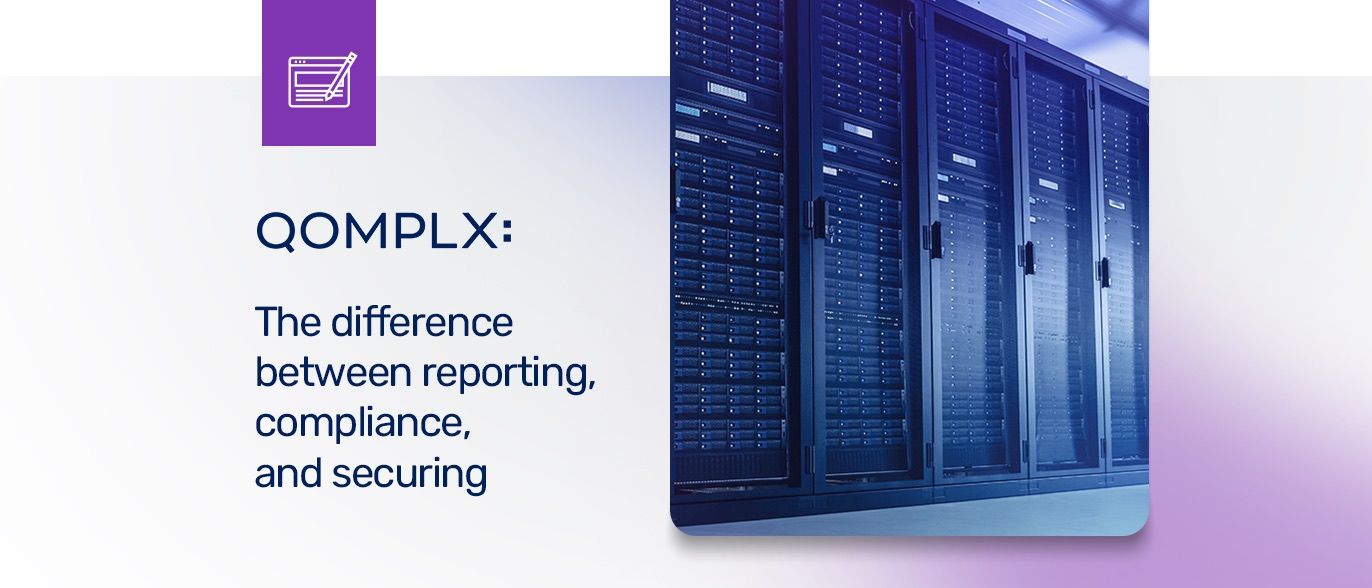Active Directory (AD) is a critical component of most organizations' infrastructure, serving as the central repository for user authentication and authorization. Over time, however, the security of an AD environment can drift away from its original state due to changes in the environment, human error, or lack of proper maintenance. This phenomenon is known as security drift.
Causes of security drift
There are several common causes of security drift in Active Directory:
- Lack of proper documentation: Without a clear understanding of the original security configuration, it can be difficult to detect changes that have been made over time.
- Human error: Misconfigurations, accidental deletions, or incorrect changes to security settings can occur as a result of human error.
- Changes in the environment: As new systems are added, configurations are changed, or users are added or removed, the security of the environment can drift from its original state.
- Lack of proper maintenance: Without regular monitoring and maintenance, the security of an AD environment can become outdated, and drift away from its original configuration.
Impact of security drift
The impact of security drift in Active Directory can be significant, including:
- Increased risk of data breaches or unauthorized access to sensitive information
- Difficulty in maintaining compliance with regulations such as GDPR or HIPAA
- Increased risk of malware infections or other malicious activity
- Increased risk of operational downtime or system failures
Preventing security drift
To prevent security drift in Active Directory, organizations can take the following steps:
- Document the original security configuration of the environment
- Conduct regular security assessments to identify potential vulnerabilities and deviations from the original security configuration
- Implement a change management process to ensure that changes to the environment are approved and properly documented
- Conduct regular security training for administrators to ensure they are aware of best practices for maintaining the security of the environment
- Implement a continuous monitoring and reporting solution to detect changes to the security of the environment in real-time
Conclusion
Security drift in Active Directory is a real and ongoing threat to organizations. By taking proactive measures to prevent security drift and maintain the security of the environment, organizations can reduce the risk of data breaches, ensure compliance with regulations, and maintain the integrity and availability of critical systems and data.





